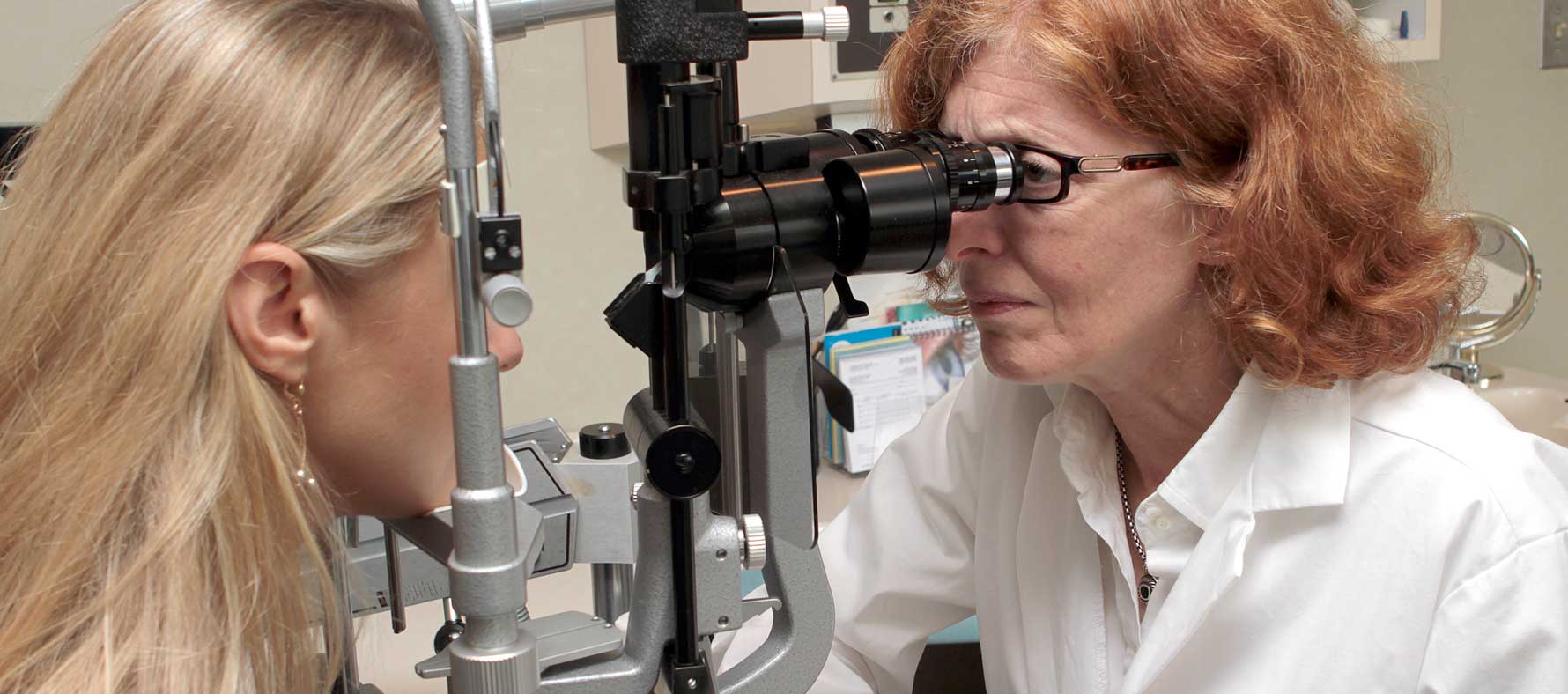Ocular Inflammatory Disease (OID)
Ocular Inflammatory Disease (OID) is a generic description for inflammation that affects any part of the eye or surrounding tissue. Inflammation is a characteristic reaction of tissue to injury or disease and results from the body’s attempt to eliminate a foreign body, toxin, substance, microorganism or its effects and helps to prevent further injury. Normal healthy tissue can be injured by inflammation if the resulting damage occurs in or around the eyes, the affected area including the eyelids, the sclera, the iris, the uvea, the retina or the optic nerve can become inflamed and potentially damaged. Inflammation of the many structures of the eye can include the fairly common allergic conjunctivitis that patients experience during the spring, as well as the more potentially serious conditions such as Uveitis, Choroiditis, Retinitis, Iritis, Scleritis, Episcleritis, Cellulitis, Optic Neuritis, Keratitis, Orbital Pseudotumor, Retinal Vasculitis and Chronic Conjunctivitis.
The middle layer of the eye is called the Uvea or Uveal Tract and includes the Iris, the Ciliary Body and the Choroid. The Uvea lines the inner eye like a tunic and provides most of the blood supply to the Retina. Inflammation in any of the parts of the Uveal tract is called Uveitis. Uveitis can be caused by autoimmune disorders such as Rheumatoid Arthritis or Ankylosing Spondylitis, infection, or exposure to toxins. However, in many cases the cause is unknown. Inflammation inside the eye is a medical emergency because if untreated it will lead to vision loss.
Generally, the prognosis for those who are diagnosed and treated quickly is good but guarded. Most attacks of Anterior Uveitis go away in a few days to weeks. However, relapses are common. Inflammation related to Posterior Uveitis may last from months to years and may cause permanent vision damage, even with treatment. Even with prompt clinical care serious complications such as Cataracts, Glaucoma, Retinal Edema and Corneal Band Keratopathy may occur. Specifically, the type of Uveitis, as well as its severity, duration, and responsiveness to treatment or any associated illnesses, all play a role in to the outlook.
Typically the treatment of Ocular Inflammatory Disease, Eye Inflammation or Uveitis is approached in a stepwise manner beginning with steroid medication which is an anti-inflammatory immunosuppressive medication that can be administered in many forms: drops, oral, injection, or intravenous infusion. The form of steroid that is prescribed depends on the severity and type of ocular inflammatory disease being treated. If the inflammation continues after slowly discontinuing the steroid medication, your doctor may prescribe nonsteroidal anti-inflammatory drugs (NSAIDS) such as Motrin®, Celebrex® or Naprosyn. NSAIDS are another type of medication that works to suppress inflammation. If the inflammation persists even after the use of NSAIDs, it is possible that your doctor will prescribe immunosuppressive chemotherapy medications or Immunomodulatory Therapy (IMT) including such medications as Methotrexate, CellCept, Imuran, Cytoxan, Leukeran and Cyclosporin which requires special, regular monitoring and blood tests in order to avoid side effects. A newer category of medications used for the treatment of autoimmune diseases called biologic response modifiers (BRM). This category of medications may more effectively target components of the immune system and thus avoid some of the potential risks of the more conventional IMT medications. Such medications include Humira® and Remicade®. In conjunction with immunosuppressant medication and/or antibiotics, additional medications may be used as well. These may include eye drops that dilate the pupil and reduce spasm of the Ciliary Body if inflammation is in the Iris. By preventing Ciliary Body contraction and spasm it will reduce the pain or discomfort you might otherwise experience. However, with a dilated pupil, it may be necessary to wear sunglasses because bright light may cause discomfort.




